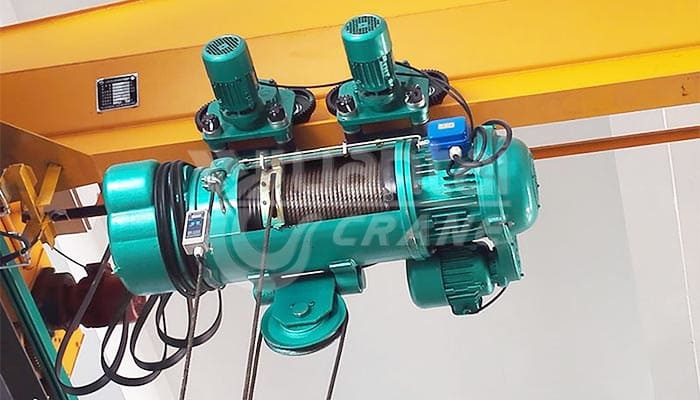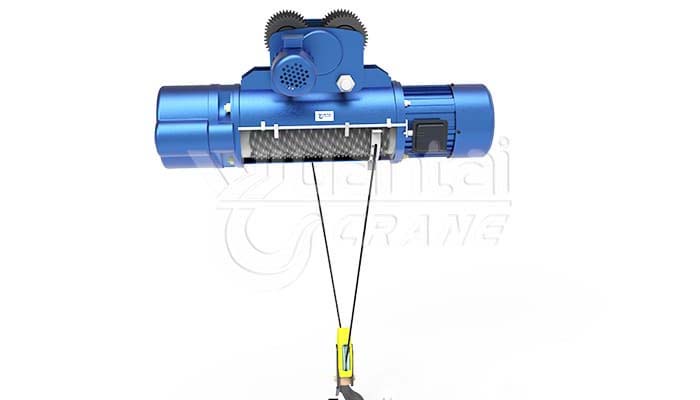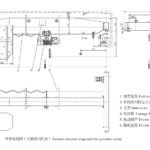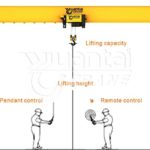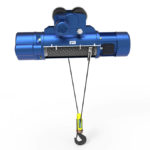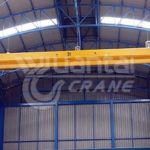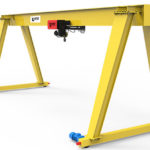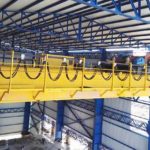Double-speed electric hoists and single-speed electric hoists are two types of wire rope electric hoists. Double-speed electric hoists and single-speed electric hoists are two types of lifting devices that are widely used in various industries. They have different advantages and disadvantages depending on the application and the requirements of the users.
The Main Difference Between Double-speed Electric Hoist and Single-speed Electric Hoist
The representative of the double-speed electric hoist is the MD1 type wire rope electric hoist, which has two speeds constant speed and slow speed. The structure of the main and auxiliary motors realizes two-speed performance. Double-speed electric hoists are equipped with two-speed motors that can adjust the lifting speed according to the load and the working conditions. They can operate at a high speed when the load is light or when the lifting distance is long, and at a low speed when the load is heavy or when the lifting precision is high.
The main motor is at a constant speed, and the auxiliary motor is at a slow speed. An independent slow-speed mechanism is composed of an auxiliary motor, intermediate gear, and main motor brake disc with gear. They generate friction when the brake wheel of the main motor is braked. Connected into a double motor unit. This feature allows them to improve the efficiency and accuracy of the lifting operation, as well as to reduce the wear and tear of the components and extend the service life of the hoist. Double-speed electric hoists are suitable for applications that require frequent lifting, variable loads, high precision, or long distances. Double-speed electric hoists are often used in assembly workshops, and the slow speed can make the lowering position more accurate and the lifting product more balanced.
The working principle of the double-speed electric hoist is as follows: when the main motor is connected to the power supply, the motor rotor overcomes the pressure of the brake spring and produces an axial displacement, so that the brake wheel is disengaged from the brake disc of the slow-speed mechanism, and the main motor runs normally. , the mechanism lifts or descends at a constant speed. After the power supply is cut off, the brake wheel of the main motor is reconnected with the slow-speed mechanism under the action of the brake spring. When the auxiliary motor is connected to the power supply, the shaft of the auxiliary motor also produces axial displacement, and the brake of the auxiliary motor is opened. The main motor brake wheel is driven by the reduction gear, the main motor rotates together, and the mechanism lifts or falls at a slow speed.
Single-speed electric hoist refers to a hoist with only one lifting speed, which is constant speed, and its lifting speed is different according to the tonnage. The indicated model is CD1. Single-speed electric hoists are equipped with single-speed motors that operate at a constant speed regardless of the load or the working conditions. They are simpler and cheaper than double-speed electric hoists, but they also have some limitations. They cannot adjust the lifting speed according to the load or the working conditions, which may result in lower efficiency, lower accuracy, higher energy consumption, or higher noise levels. Single-speed electric hoists are suitable for applications that require infrequent lifting, stable loads, low precision, or short distances.
